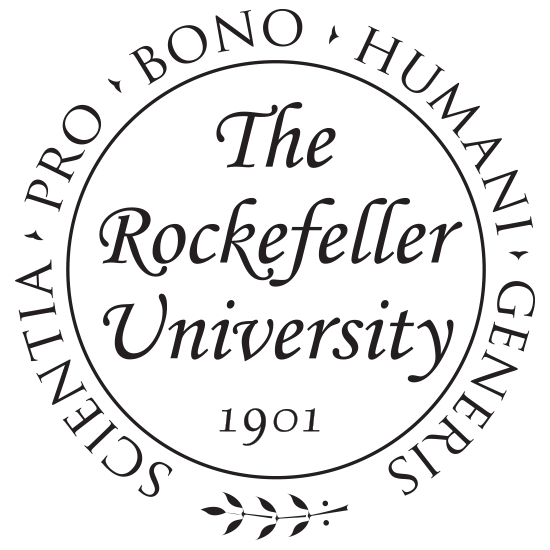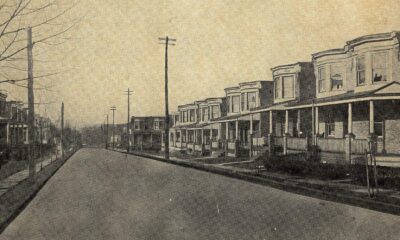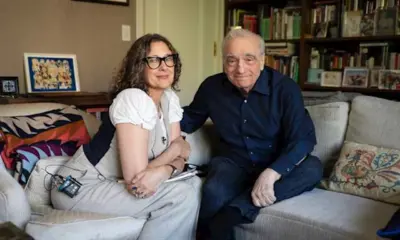Science
New Model Reveals How Nuclear Pore Complexes Control Cellular Traffic

Research from an international team led by the Hebrew University of Jerusalem, in collaboration with The Rockefeller University, has unveiled a groundbreaking model detailing how nuclear pore complexes (NPCs) regulate the transport of materials between a cell’s nucleus and its cytoplasm. This model, published in the journal PNAS, provides unprecedented insights into the mechanisms governing molecular selection at these critical gateways and may pave the way for advances in medical and biotechnological applications.
NPCs are tiny structures, measuring only about one five-hundredth the width of a human hair, yet they play a crucial role in cellular function. They control the movement of molecules, ensuring that essential materials can pass through while blocking unwanted ones. When this transport system malfunctions, it can lead to various diseases, particularly neurodegenerative conditions such as Alzheimer’s and ALS.
Understanding the Molecular Gatekeepers
For years, scientists have struggled to comprehend how NPCs make rapid decisions about which molecules to allow passage. Traditional models depicted these complexes as static structures, either as mechanical gates or as sieves with fixed pore sizes. However, these representations did not account for the observed behavior of NPCs, including their speed and the ability to transport even large molecular assemblies.
The recent study combined fragmented experimental data with theoretical insights to create a comprehensive computational framework. This new model identifies ten key features that enhance the NPC’s efficiency and adaptability. Central to this design is a dense, dynamic network of flexible protein chains known as FG repeats, which form a thicket within the pore.
Lead author Barak Raveh explains, “Openings in this thicket appear and disappear rapidly, allowing smaller molecules to pass through. Larger molecules can only enter if they are escorted by nuclear transport receptors, which navigate the dense environment and carry their cargo through.”
Implications for Medical and Biotechnological Innovations
The implications of this research extend beyond basic biology. By accurately predicting transport behaviors and revealing the dynamic interactions between transport receptors and FG repeats, the model enhances our understanding of the molecular basis for various NPC-associated genetic diseases. Michael P. Rout, head of the Laboratory of Cellular and Structural Biology at The Rockefeller University, emphasizes the potential for future research: “We can now model genetic or pharmacological perturbations and experimentally test the most promising ones.”
The insights gained from this study could also lead to the development of artificial nanopores—synthetic versions of NPCs that could revolutionize drug delivery and biosensing technologies. As Rout points out, NPCs play a pivotal role at the intersection of key cellular systems such as transcription and translation, making them a prime target for further research.
Despite these advancements, the study acknowledges that many aspects of nuclear transport remain unclear. Future investigations will aim to explore the specific roles of different FG nucleoporins and the precise pathways used by various types of cargo.
This research not only sheds light on a long-standing mystery in cellular biology but also opens up exciting possibilities for therapeutic interventions and biotechnological innovations, marking a significant step forward in our understanding of cellular transport mechanisms.
-

 World5 days ago
World5 days agoExposing the Reality Behind Guatemala’s Garment Industry
-

 Politics5 days ago
Politics5 days agoLB Pharmaceuticals Quiet Period Ends October 21, Analysts Weigh In
-

 Business5 days ago
Business5 days agoRoyal Bank of Canada Upgrades Ovintiv to Outperform Rating
-

 Sports5 days ago
Sports5 days agoSaquon Barkley Reflects on James Franklin’s Dismissal from Penn State
-

 World5 days ago
World5 days agoHamas to Return Remains of Additional Hostage on Friday
-

 Health5 days ago
Health5 days agoFDA Announces First Nine Recipients of National Priority Vouchers
-

 Science5 days ago
Science5 days agoMIT Develops 3D Brain Models from Patient Cells for Custom Therapies
-

 Entertainment5 days ago
Entertainment5 days agoOlivia Nuzzi’s Memoir Set to Uncover RFK Jr.’s Controversial Texts
-

 Lifestyle3 days ago
Lifestyle3 days agoHistorian Seeks Help to Uncover Cherry Street’s Past
-

 Science3 days ago
Science3 days agoYale School of the Environment Launches Accelerated Master’s Programs
-

 Entertainment5 days ago
Entertainment5 days agoSylvester Stallone’s ‘Alarum’ Surges in Streaming Despite Poor Reviews
-

 Lifestyle5 days ago
Lifestyle5 days agoKent Hamilton Honored as Southeastern Farmer of the Year







